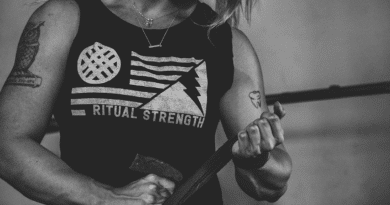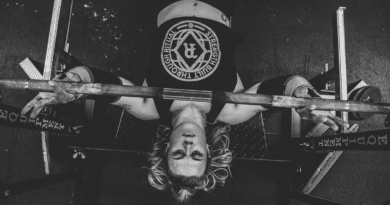Bench Squat Deadlift Ratio Calculator
This Bench Squat Deadlift ratio calculator is a tool designed to bring science and precision to your training regimen.
In the world of strength training, achieving a balanced physique and optimal performance hinges on more than just lifting heavier weights—it’s about the harmony between different muscle groups and the lifts that target them.
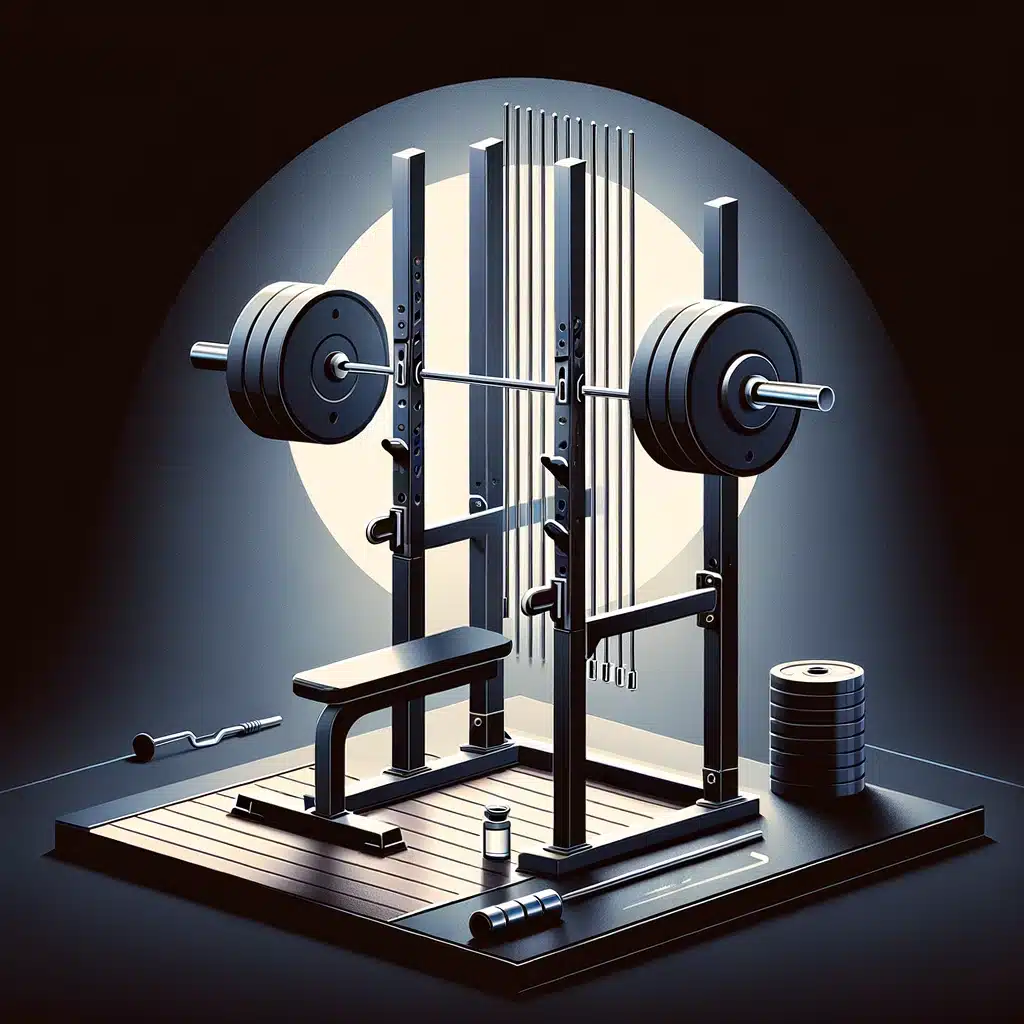
By analyzing the relationship between the three cornerstone lifts of any strength program—the bench press, squat, and deadlift—this calculator offers insights into your current strength levels, highlights imbalances, and guides you towards a more balanced and effective training approach.
Whether you’re a seasoned athlete aiming to refine your performance or a fitness enthusiast striving for a well-rounded strength profile, understanding and applying the principles of the Bench Squat Deadlift ratio calculator can be a game-changer in your fitness journey.
Bench Squat Deadlift Ratio Calculator
Lifts Ratio Calculator
What is a Good Bench Squat Deadlift Ratio?
A “good” bench press, squat, and deadlift ratio can vary depending on the context—whether you’re a competitive powerlifter, a recreational lifter, or an athlete in another sport.
However, for general strength training and a well-balanced physique, certain ratios are often cited as goals or benchmarks. These ratios are not strict rules but can serve as guidelines for identifying strengths and weaknesses in one’s lifting profile.
Typical Bench Squat Deadlift Ratios for Recreational Lifters
For someone lifting for general fitness, strength, and balance, a commonly mentioned ratio for the bench press, squat, and deadlift might look something like this:
- Bench Press: 1x bodyweight
- Squat: 1.5x bodyweight
- Deadlift: 1.75x bodyweight
Bench Squat Deadlift Ratios for More Experienced Lifters
Those who have been training longer and are more serious about lifting (but not necessarily competitive powerlifters) might aim for higher benchmarks, such as:
- Bench Press: 1.5x bodyweight
- Squat: 2x bodyweight
- Deadlift: 2.5x bodyweight
Bench Squat Deadlift Ratio Considerations
While the Bench Squat Deadlift ratio calculator is designed to guide you, there are many factors to take into account that will play a role in influencing the results.
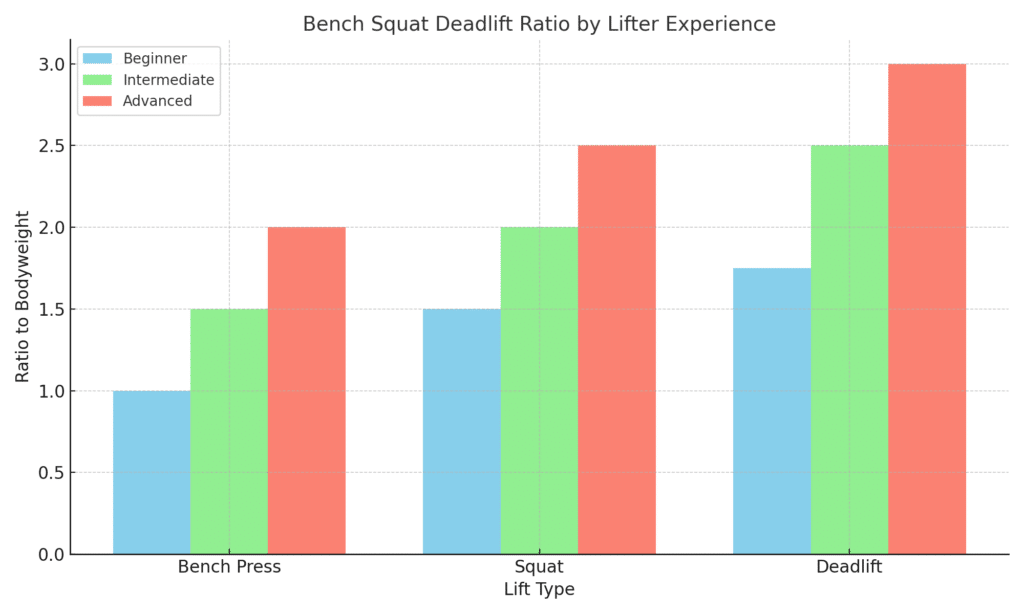
Individual Variation
It’s crucial to remember that individual anatomy, training history, and specific goals play significant roles in what might be considered a “good” ratio for an individual. For example, someone with a background in sprinting may naturally have a stronger squat relative to their bench press.
Progress Over Perfection
Rather than focusing solely on achieving these specific ratios, it’s often more productive to focus on consistent progress. If your ratios are off from these benchmarks but you’re seeing improvement and are balanced within your own context, you’re likely on the right path.
Balance and Symmetry
These ratios are guides towards achieving a balanced physique and preventing injury. If one lift is significantly lagging, it could indicate a potential for injury or a need to adjust your training focus.
Sport-Specific Training
Athletes in different sports will have different optimal ratios. For example, a strongman competitor’s deadlift is typically much higher relative to their bench press than a general fitness enthusiast.
A “good” ratio is somewhat subjective and highly dependent on personal goals and circumstances.
The key is to use these ratios as a general guideline for balanced development and injury prevention, rather than absolute targets that must be met. Adjustments should be made based on personal progress, goals, and any specific guidance from a coach or experienced trainer.
Why is the Bench Squat Deadlift Ratio Useful for Lifters to Understand and Record?
The bench press, back squat, and deadlift ratio is useful for lifters for several key reasons, primarily revolving around assessment, balance, and training focus. Understanding these ratios can help lifters in various aspects of their training.
Guidance on Weaknesses
By comparing their personal ratios to standard benchmarks, lifters can identify if they are disproportionately weak or strong in one lift relative to the others. This can be crucial for targeted strength improvements and overall muscular balance.
Injury Prevention
Recognizing and correcting imbalances can also reduce the risk of injury. For example, significantly stronger quads compared to hamstrings, as indicated by a squat to deadlift imbalance, can increase the risk of knee injuries.
Training Efficiency
Once a lifter identifies their relative weaknesses, they can adjust their training regimen to focus more on those areas. For example, if someone’s bench press is lagging, they might incorporate more upper body strength work.
Goal Setting
Understanding these ratios can help set more informed and realistic strength goals in each lift based on one’s performance in the others.
Balanced Development
Adhering to a balanced development approach can enhance overall athletic performance, as strength imbalances can limit one’s potential in both competitive lifting and other athletic endeavors.
Technique Refinement
Analysis of these ratios can sometimes point to technique issues rather than pure strength imbalances. For instance, a relatively low deadlift might indicate a need for better form or grip strength rather than leg or back strength.
Community Standards
Knowing where one stands in relation to common benchmarks can be motivating and provide a sense of community and shared goals within the lifting world.
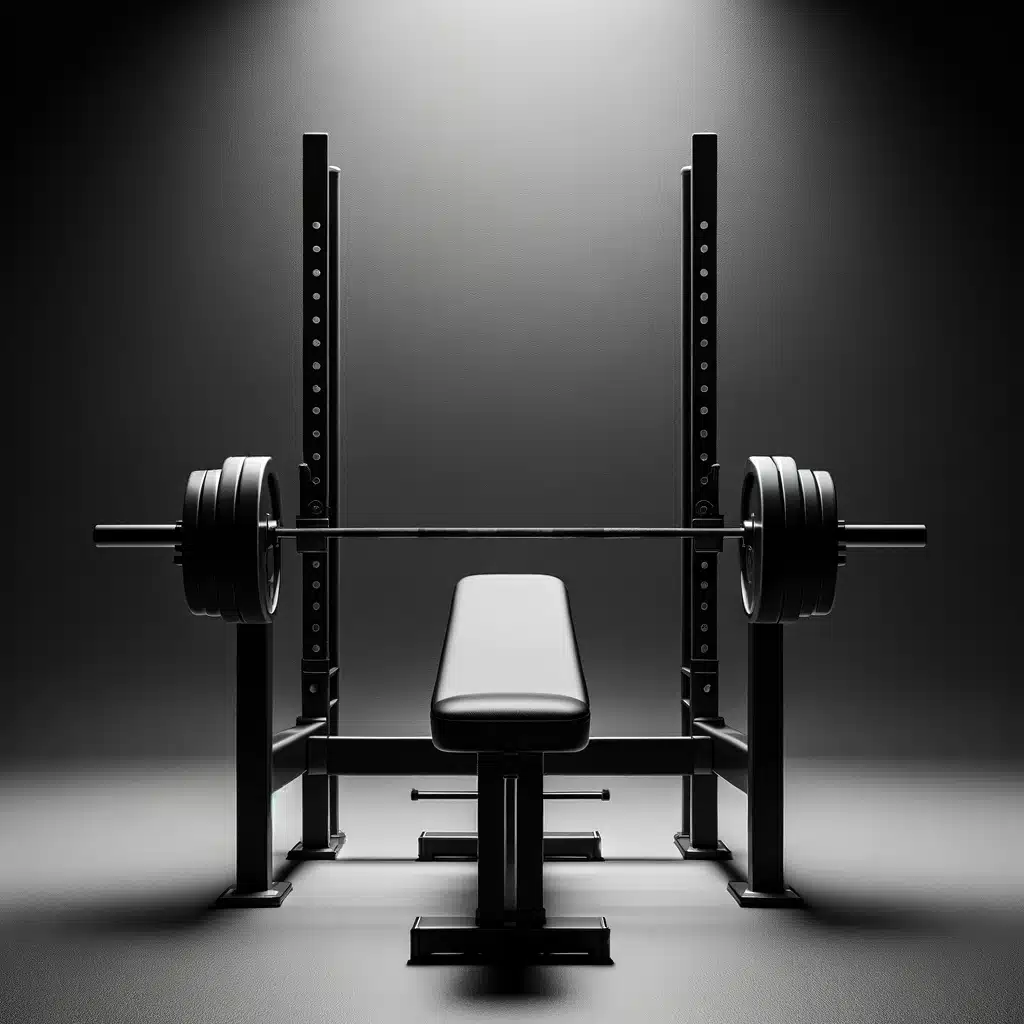
Progress Tracking
These ratios can serve as another metric for tracking progress over time, beyond just looking at absolute weight increases.
Sport-Specific Strength
Athletes in different sports might aim for different ratios to optimize their performance based on the demands of their sport.
For example, a rugby player might focus on developing a stronger squat and deadlift relative to their bench press to enhance lower body power and tackling ability.
While the bench press, back squat, and deadlift ratios offer a useful framework for assessing and planning strength training, it’s important for lifters to remember that individual variation is significant. Factors such as limb length, muscle fiber composition, and training history can all influence these ratios.
Lifters should use the ratios as a guide rather than an absolute rule, focusing on personal progress and overall health and fitness.
FAQ: Bench Squat Deadlift Ratio Calculator
Q1: What is the bench squat deadlift ratio?
The bench squat deadlift ratio refers to the balance of strength across the three primary lifts: the bench press, back squat, and deadlift. It’s a guideline used to evaluate a lifter’s overall strength balance and identify areas that may need improvement.
Q2: Why is the bench squat deadlift ratio important?
This ratio is important for identifying strength imbalances, guiding training focus, preventing injuries, and ensuring a well-rounded development in strength training. It helps lifters maintain a balanced approach to their training.
Q3: What are typical bench squat deadlift ratios?
For general fitness enthusiasts, a common ratio might be 1x bodyweight for bench press, 1.5x bodyweight for squats, and 1.75x bodyweight for deadlifts. More experienced lifters might aim for higher ratios, like 1.5x bodyweight for bench press, 2x bodyweight for squats, and 2.5x bodyweight for deadlifts.
Q4: How can I improve my bench squat deadlift ratio?
Improving your ratio involves identifying which lifts are relatively weaker and focusing your training on those areas. This might include adjusting your workout frequency, volume, and intensity for those specific lifts, as well as addressing any technical flaws or mobility issues.
Q5: Can the bench squat deadlift ratio vary between individuals?
Yes, individual variations in body type, limb lengths, muscle fiber composition, and training history can all influence one’s ratios. Therefore, while the ratios can serve as general guidelines, they should be adapted to fit individual circumstances and goals.
Q6: Should I aim to achieve the exact ratios mentioned?
Not necessarily. While the mentioned ratios can serve as goals, it’s more important to focus on progress and balance rather than hitting specific numbers. Everyone’s body is different, and personal goals, health, and fitness levels should guide your training.
Q7: How often should I test my bench squat deadlift ratio?
Testing too frequently can disrupt your training schedule and might not give your body enough time to improve. A reasonable approach could be to test your maxes and evaluate your ratios every 3-6 months, depending on your training cycle and goals.
Q8: Is it possible to have a strong bench press but a weaker squat or deadlift?
Yes, it’s not uncommon for lifters to excel in one lift due to their training focus, body mechanics, or personal strengths and weaknesses. The key is to use the ratio as a tool for balanced training, not to discourage progress in areas of strength.
Q9: How do weight classes affect the bench squat deadlift ratio?
Weight classes can influence these ratios, as lifters in lighter weight classes often have higher strength-to-weight ratios than those in heavier classes. However, the principle of seeking balance and proportionality remains the same across all weight classes.
Q10: What should I do if my ratios are significantly off?
If your ratios are significantly skewed, consider consulting with a coach or experienced trainer to identify the reasons behind the imbalance. This might involve adjusting your training program, focusing on technique, or addressing any underlying mobility or stability issues.



